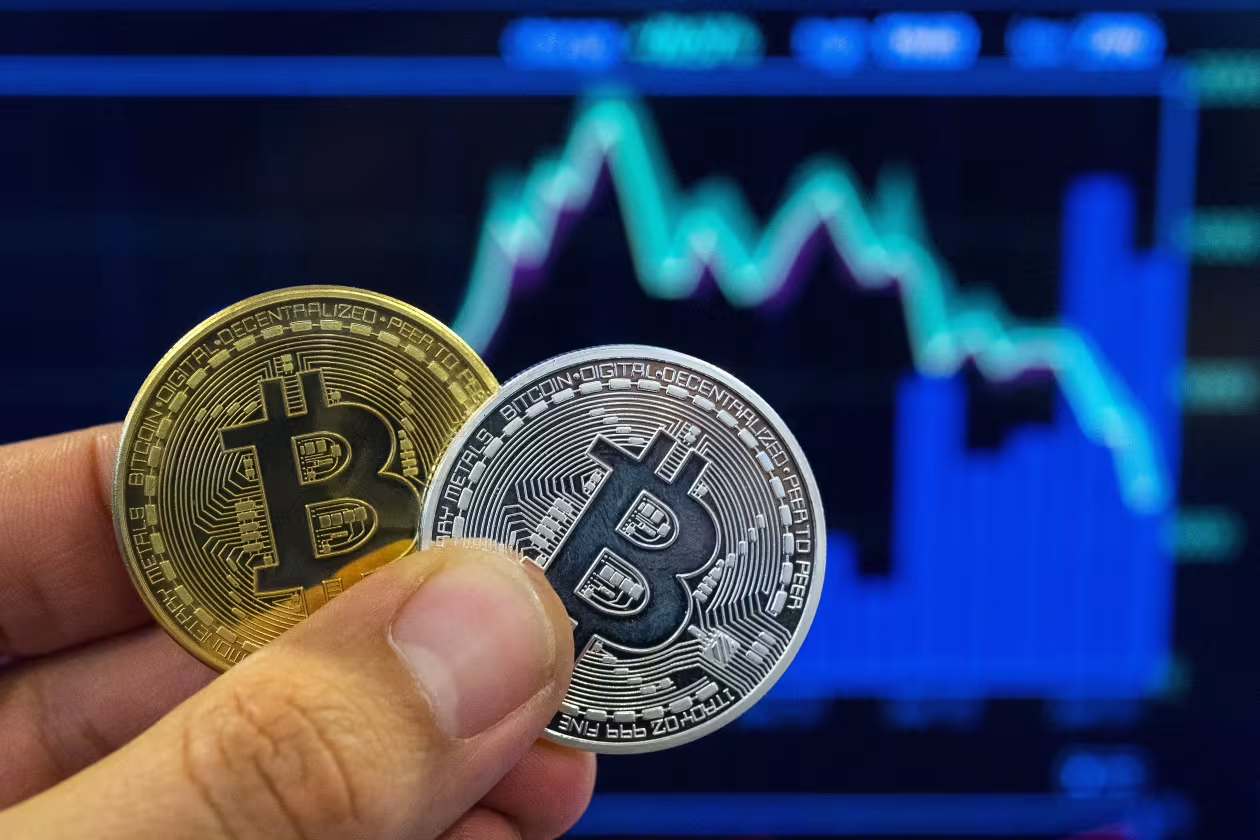US dollar inflation hit 2.6% in October, up from 3.5% in March. Could this signal a re-coupling of stocks and Bitcoin’s bear market?
The most recent data released by the US Bureau of Labor Statistics on Wednesday shows that the trailing 12-month percentage change for all goods in the Consumer Price Index (CPI) decreased to 2.6% in October.
As the economy surges into 2025, it might herald the start of a bull market in all dollar-denominated assets.
The CPI calculates the rate at which dollar buying power increases or decreases over time.
Prices for the average basket of consumer items are rising when the CPI rises.
The US central bank lowered interest rates in September as a result of the CPI’s steady decline from March to September.
Following that, the price of Bitcoin and Wall Street stocks both started to increase in October.
This month and last, benchmarks for US stocks, such as the S&P 500 Index, established new records.
Following the November 5 US election, Bitcoin skyrocketed to a new high.
On Wednesday, the biggest digital asset reached a new all-time high of over $93,000.
Fed Lowers Rates To Prevent Negative Inflation
The rate of change in year-over-year inflation decreased by 25.71% since March, from 3.5% to 2.4% in September.
The S&P 500 rose 8.59% throughout that time, yet the price of Bitcoin dropped -1.53%.
Will the price of Bitcoin continue to reach new all-time highs now that inflation is rising once more?
Analysts at Santiment predicted Wednesday that Bitcoin would rise to a high of $150,000 or $200,000 in 2025, well into the six digits.
The producer of Bitcoin ETFs, VanEck, forecast in December of last year that the price of Bitcoin inflation will reach $100,000 by the end of 2024.
In the period given by two of the company’s analysts, the cryptocurrency seems ready to hit that milestone.
Will Bitcoin Stocks Recoup?
Daily fluctuations in the values of stocks and Bitcoin are starting to re-correlate as the dollar printer’s rising tide raises all deserving boats.
On the eve of the US elections, the 30D BTC Pearson Correlation started to decline to 0.49 from its 44-month high of 0.89 (on a scale of -1 to 1) on September 26.
That number recovered to 0.80 by the time of the Labor Department’s most recent CPI report on Wednesday.
The fact that the same organizations are purchasing both with fresh cash is one factor contributing to the problem.
According to well-known Bitcoin investing analyst Lark Davis, “BlackRock just keeps buying.”
Wall Street sold more than $4.73 billion worth of Bitcoin ETFs between November 6 and November 13.
BlackRock’s investors were pleased to take advantage of the decline, as seen by the $126 million in net Bitcoin sales on Thursday, despite the institutional crowd cooling off with $400 billion in net outflows.
One Ethereum analyst responded to Davis’ thread by saying, “BlackRock knows.”



